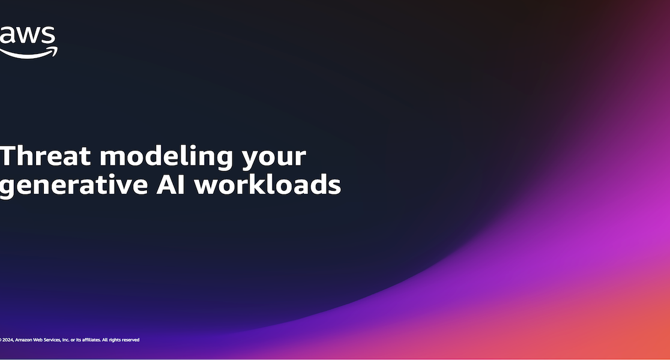Amazon
1M
59

Image Credit: Amazon
Threat modeling your generative AI workload to evaluate security risk
- As generative AI models become increasingly integrated into business applications, it’s crucial to evaluate the potential security risks they introduce.
- Threat modeling is a structured approach to identifying, understanding, addressing, and communicating the security risks in a given system or application.
- This blog post covers a practical approach for threat modeling a generative AI workload and assumes you know the basics of threat modeling.
- By starting from comprehensive system documentation, you can streamline the threat modeling process and focus on identifying potential threats and vulnerabilities.
- Identify possible threats to your application using context and information gathered and explore control measures that would be appropriate to prevent risk.
- Validating threats and the effectiveness of the process periodically is especially important when adopting new technologies.
- Want to learn more about generative AI security? Check out the other posts in the Securing Generative AI series.
- Threat modeling helps organizations to maintain a high security bar as they adopt generative AI technologies while maintaining the security and privacy of their systems and data.
- This post revisits the key steps for conducting effective threat modeling on generative AI workloads along with additional best practices and examples.
- Throughout the post, specific examples are shown that were created using the AWS Threat Composer tool, an open-source tool to document your threat model, available at no additional cost.
Read Full Article
3 Likes
For uninterrupted reading, download the app